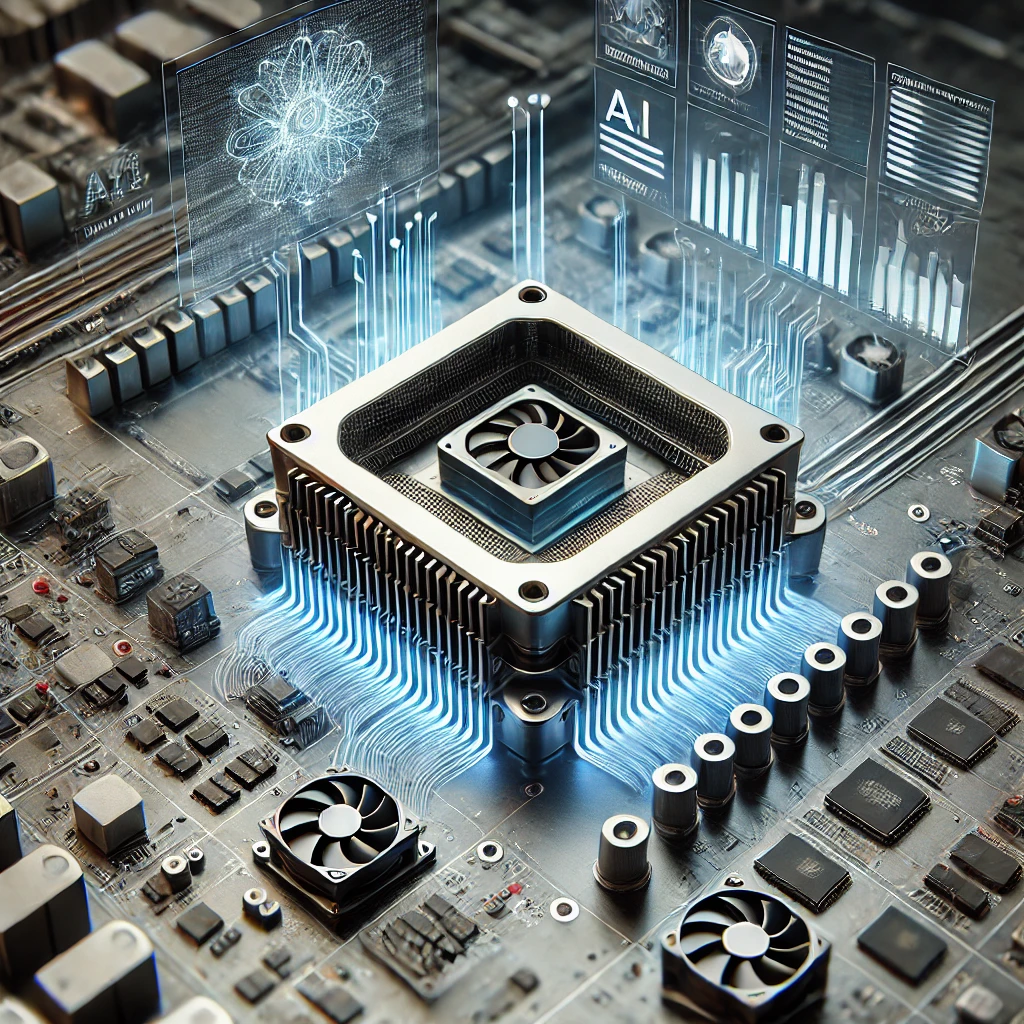As AI continues to push the boundaries of computational power and efficiency, the need for effective thermal management has never been greater. AI Thermal Management is at the forefront of innovation, aiming to optimize temperature regulation in high-performance systems that power everything from deep neural networks to machine learning algorithms. At its core, AI Thermal Management harnesses machine learning to predict and manage temperature fluctuations, adapting to real-time changes in workload and environmental conditions. This proactive approach reduces overheating risks, improves hardware longevity, and ensures that systems perform at peak efficiency even under intense computational demands.

In our company, we’re committed to advancing this field with cutting-edge AI-driven cooling solutions, intelligent sensors, and self-learning algorithms. These technologies offer scalable solutions for industries ranging from automotive and manufacturing to data centers and mobile devices. AI-powered thermal management systems also align with sustainability goals, as improved energy efficiency directly contributes to reduced carbon footprints. By focusing on AI Thermal Management, we are creating a foundation for more sustainable, high-performance systems that are prepared to meet the demands of tomorrow’s AI-driven world.
1. The Role of AI in Thermal Management Systems
AI is transforming thermal management by integrating intelligent systems that autonomously monitor and adjust device temperatures in real-time. Traditional cooling systems, often reliant on fixed, pre-set thresholds, fall short under rapidly fluctuating loads. AI, on the other hand, analyzes temperature patterns and actively adapts cooling responses to current workloads, thus enabling better resource utilization, enhanced device safety, and extended equipment lifespans. With AI’s ability to dynamically allocate power where it’s needed most, industries from aerospace to mobile technology are benefiting from smoother, uninterrupted operations.
2. Advancing Hardware Efficiency and Performance
AI-driven thermal management does more than just control temperatures – it optimizes hardware functionality. By intelligently managing energy distribution, AI thermal systems ensure that all components within a device or system function at their highest potential without reaching damaging temperatures. High-performance hardware, such as GPUs and CPUs in gaming, AI modeling, and scientific research, stands to benefit significantly, as AI-driven cooling lowers the risk of thermal throttling, which can severely impact processing speeds and efficiency under heavy loads.
3. Applications Across High-Demand Industries
AI thermal management is now an essential aspect across industries with high operational demands. In the automotive industry, for example, electric vehicles (EVs) face challenges with battery cooling and drivetrain temperatures. AI-based systems enhance energy storage efficiency by optimizing cooling in real-time. Similarly, in data centers, where maintaining optimal temperatures for servers is critical, AI-driven cooling reduces both costs and carbon emissions by tailoring cooling strategies to real-time usage and conditions. This scalability of AI in thermal management positions it as a universal solution adaptable to various high-stakes environments.
4. Sustainability and Energy Efficiency
One of the most significant benefits AI thermal management brings to the table is sustainability. Efficient thermal management drastically reduces unnecessary energy consumption, making systems more eco-friendly and cost-effective. AI-driven cooling systems only activate when needed, unlike traditional systems that may run continuously. This not only saves power but also aligns with green initiatives by lowering greenhouse gas emissions. As industries worldwide aim to reduce their carbon footprint, AI-based thermal management solutions serve as a vital step toward achieving these sustainability goals.
5. Challenges and Future Development in AI Thermal Management
Despite its benefits, AI thermal management still faces challenges, such as integrating new AI-driven systems into legacy hardware and ensuring the accuracy of AI predictions under various operational conditions. Moreover, developing self-learning algorithms that can adapt to novel scenarios presents a technical hurdle. However, ongoing research and development in AI models and thermal sensor technology are continually improving the precision and efficiency of these systems. As a result, we can expect AI thermal management to become more reliable, adaptable, and accessible in the near future.
6. The Future Outlook for AI-Enhanced Thermal Solutions
As AI evolves, its role in thermal management will continue to expand, paving the way for innovations that enhance both device performance and energy efficiency. The future holds the potential for completely autonomous, self-regulating thermal systems that require minimal human intervention. This will not only help to mitigate the risks of device overheating but will also lower operational costs and maintenance needs across industries. For sectors reliant on high-performance and long-lasting technology, AI-driven thermal management promises to be a critical component of next-generation solutions, fostering a smarter, more sustainable technological landscape.